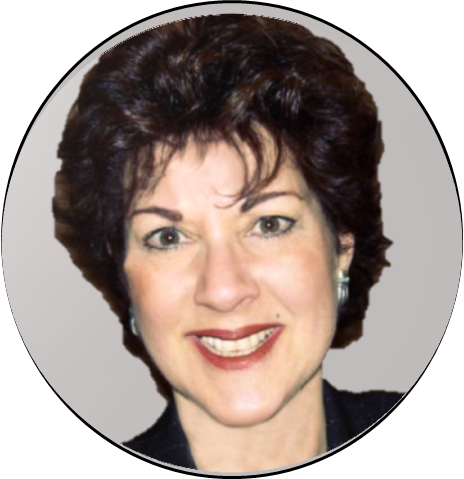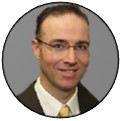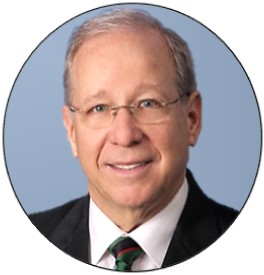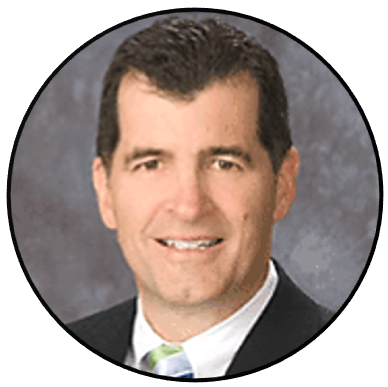How To Take Into Account Life Expectancy In Retirement Plans
One problem with using life expectancy numbers is the fact that these numbers take into account all people, young and old. So today the typical person has a life expectancy at birth of 78 years. But this is a very misleading number. The average baby boomer actually can expect to live to age 83. Why the difference? Because the average baby boomer has survived over 60 years already! In statistics we call this survivorship bias, and it’s a very important bias indeed. To further show this bias, a person who survives to age 75 today sees his or her life expectancy rise to age 87.
There is also the issue of the probability of surviving to a ripe old age. Today a 65 year old man has a one in four chance of living to age 92. Married couples that are 65 have a one in four chance of at least one spouse surviving to age 97. A 25% chance is way too large to ignore.
So what can advisors do to incorporate survivorship bias and show clients what might happen if they live way longer than they expect?
I believe it is vitally important to show clients multiple outcomes for their plan if they live to various ages. We can show them the probability that they never run out of money in retirement at various ending ages (when they pass away).
I ran an analysis in the WealthTrace Retirement Planner to see what kind of impact changes in the clients’ ending ages might have. I used a plan for a couple that is 60 years old and plans on retiring at age 65. Here were my starting assumptions:
|
Inflation (CPI) |
3.00% |
|
Current Age of Both People |
60 |
|
Age Of Retirement |
65 |
|
Age When Both People Have Passed Away |
Various- 80, 83, 86, 89, 92, 95, 98 |
|
Social Security at age 67 (combined) |
$40,000 per year |
|
Average Savings Rate |
6% on Income of $100,000 |
|
Total Investment Balance Today (all in IRAs) |
$900,000 |
|
Recurring Annual Expenses in Retirement |
$65,000 |
|
Investment Mix |
50% U.S. Value Stocks, 15% Emerging |
|
Investment Location |
50% in taxable accounts, 50% in IRAs |
|
Average Return Assumption Value Stocks |
6% per year |
|
Standard Deviation Value Stocks |
16.20% |
|
Average Return Assumption Emerging Mkt Stocks |
9% per year |
|
Standard Deviation Emerging Mkt Stocks |
25.80% |
|
Average Return Assumption Treasuries |
1.5% per year |
|
Standard Deviation Treasuries |
7.20% |
After generating their plan using the various ending ages I found the following results using Monte Carlo analysis:
|
Ending Age |
|
|
Probability Of Meeting All Retirement Goals |
|
|
80 |
100% |
|
83 |
100% |
|
86 |
98% |
|
89 |
91% |
|
92 |
81% |
|
95 |
70% |
|
98 |
61% |
It becomes obvious pretty quickly that the life expectancy of this couple has a huge impact on what they can expect in retirement. By adjusting how long they live from age 89 to 98 they see a significant drop-off of 30 percentage points in the probability of funding all of their goals in retirement.
It is an enormous service to clients to tell it to them straight. By only using one life expectancy number many people might be led to believe that they will never run out of money. This could help them feel comfortable with spending a lot more money in retirement than they should be spending. A grid of life expectancy vs. the probability of funding all of their retirement goals is one way to give clients all of the information they need to make sound decisions.

















